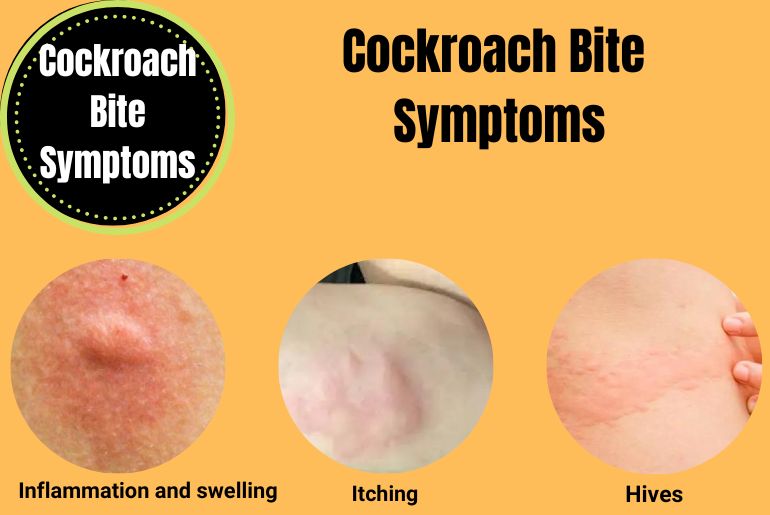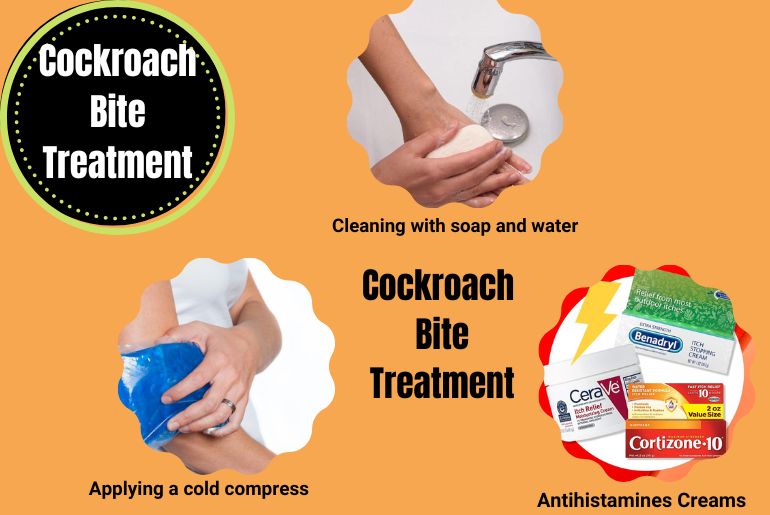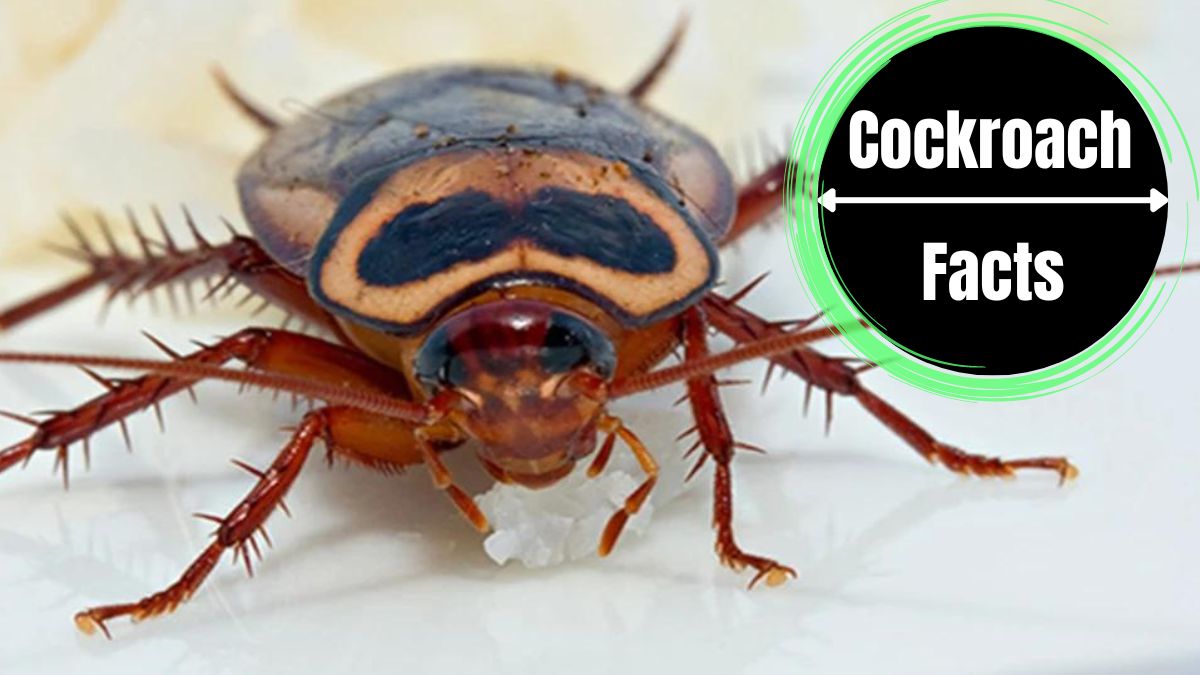Cockroaches are not commonly known to bite humans, but they can bite. When they do, it can result in redness, swelling, and itchiness around the bite site. The bite itself may not be painful, but the surrounding area may become irritated. In rare cases, an allergic reaction to the cockroach’s saliva or waste can occur, leading to more severe symptoms such as hives or difficulty breathing. To avoid infection, you need to clean the bite area thoroughly. Over-the-counter anti-itch cream or antihistamines can be used to alleviate any discomfort.
Symptoms of Cockroach Bite

Inflammation and swelling
The bite site may become inflamed, swollen, and tender to the touch due to the cockroach’s saliva or feces. This is a common response to an injury or allergen, as the body’s immune system sends blood to the area to fight off potential irritants. The accumulation of fluids in the area can also cause the bite site to appear swollen.
Itching
An itchy sensation can be felt around the bite site due to the body’s immune response to the cockroach’s saliva or feces. This is caused by the release of histamine, a chemical that causes itching, redness, and swelling. Scratching the bite site can worsen the itching and increase the risk of secondary infection.
Swelling
The area around the bite site may become swollen. This is caused by the dilation of blood vessels, which allows more fluid to flow into the area. The swelling can make the bite site feel tender to the touch.
Secondary infection
Scratching the bite site can break the skin, allowing bacteria to enter the wound and cause an infection. This can lead to additional symptoms such as redness, warmth, and pain.
Hives
Hives are a common symptom of an allergic reaction, characterized by raised, red, itchy welts that can appear anywhere on the body. They occur when the body releases the histamine in response to an allergen and can vary in size, appearing and disappearing quickly. They may be accompanied by other symptoms like itching and redness and can be caused by an allergic reaction to a cockroach bite.
Difficulty in Breathing
Breathing difficulties can be a serious symptom of an allergic reaction caused by constriction of the airways. This can signify anaphylaxis, a severe allergic reaction that can be life-threatening if not treated immediately. Swelling in the airways can make it difficult for air to pass through, and a decrease in blood pressure can make the heart work harder to pump blood.
Fever
Fever is another symptom that can occur during an allergic reaction, as the body’s temperature rises in response to the immune system fighting off the allergen. It can also be caused by inflammation in the body, leading to fatigue and weakness and making the person feel unwell.
Cockroach Bite Treatment at Home

Cleaning the affected area with soap and water
The first step in treating a cockroach bite is to clean the affected area with soap and water. This helps to remove any dirt or bacteria that may have entered the wound from the cockroach bite.
Applying a cold compress
Applying a cold compress to the affected area can help to reduce swelling and itching caused by the bite. A cold compress can be made by wrapping ice in a towel or using a bag of frozen vegetables. Place the cold compress on the bite for 10-15 minutes at a time, and repeat as needed.
Over-the-counter antihistamines and creams
Antihistamines, such as diphenhydramine (Benadryl), can be taken orally to reduce itching and swelling. Topical creams, such as calamine lotion or hydrocortisone cream, can also be applied to the bite to provide relief. These creams can help to soothe the skin and reduce itching and inflammation.
Antibiotics
In some cases, a cockroach bite may become infected, and antibiotics may be prescribed to prevent or treat the infection.

